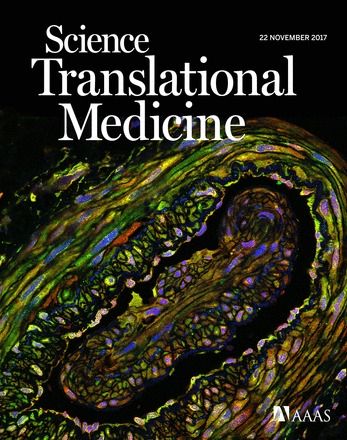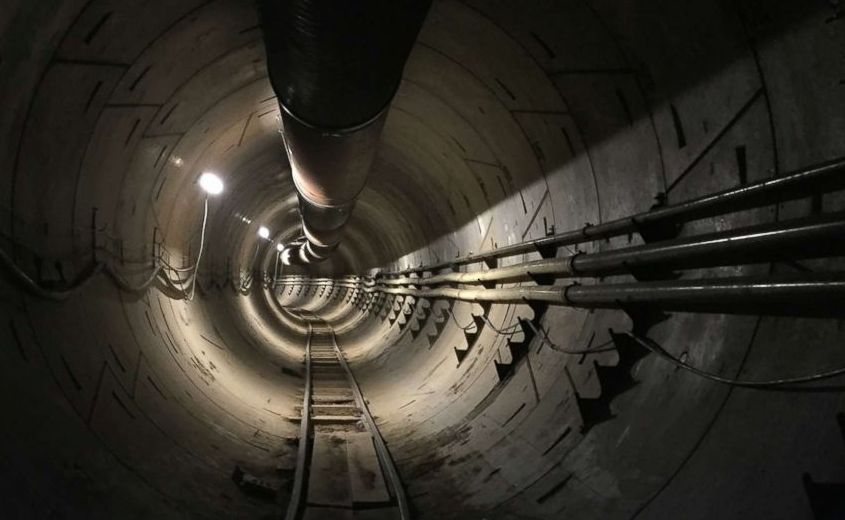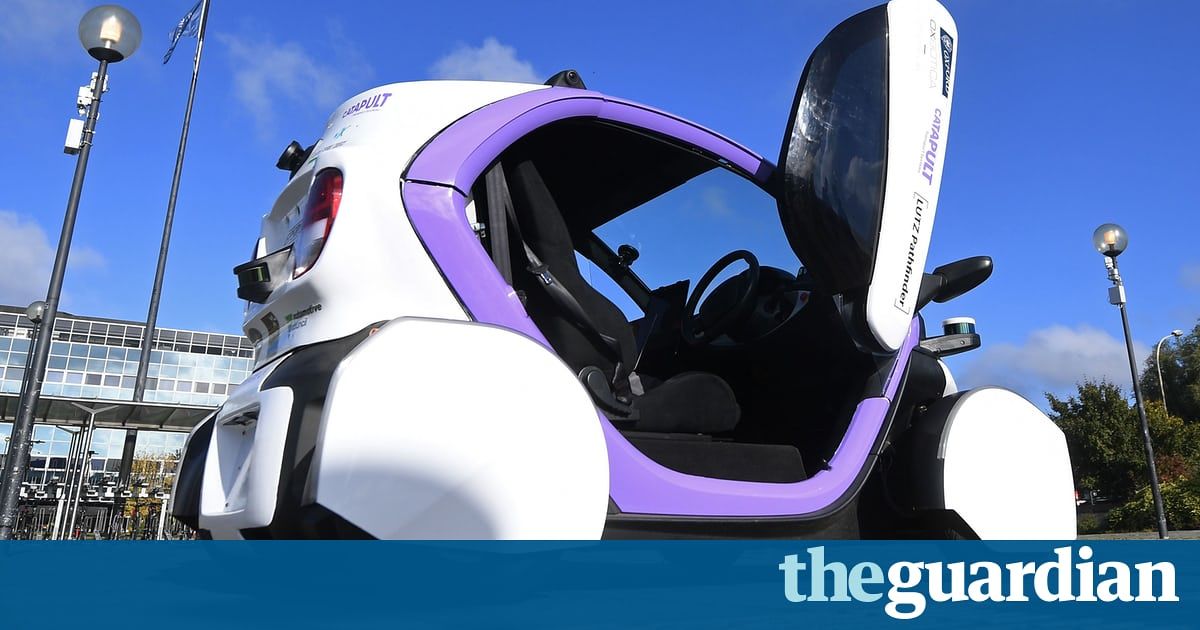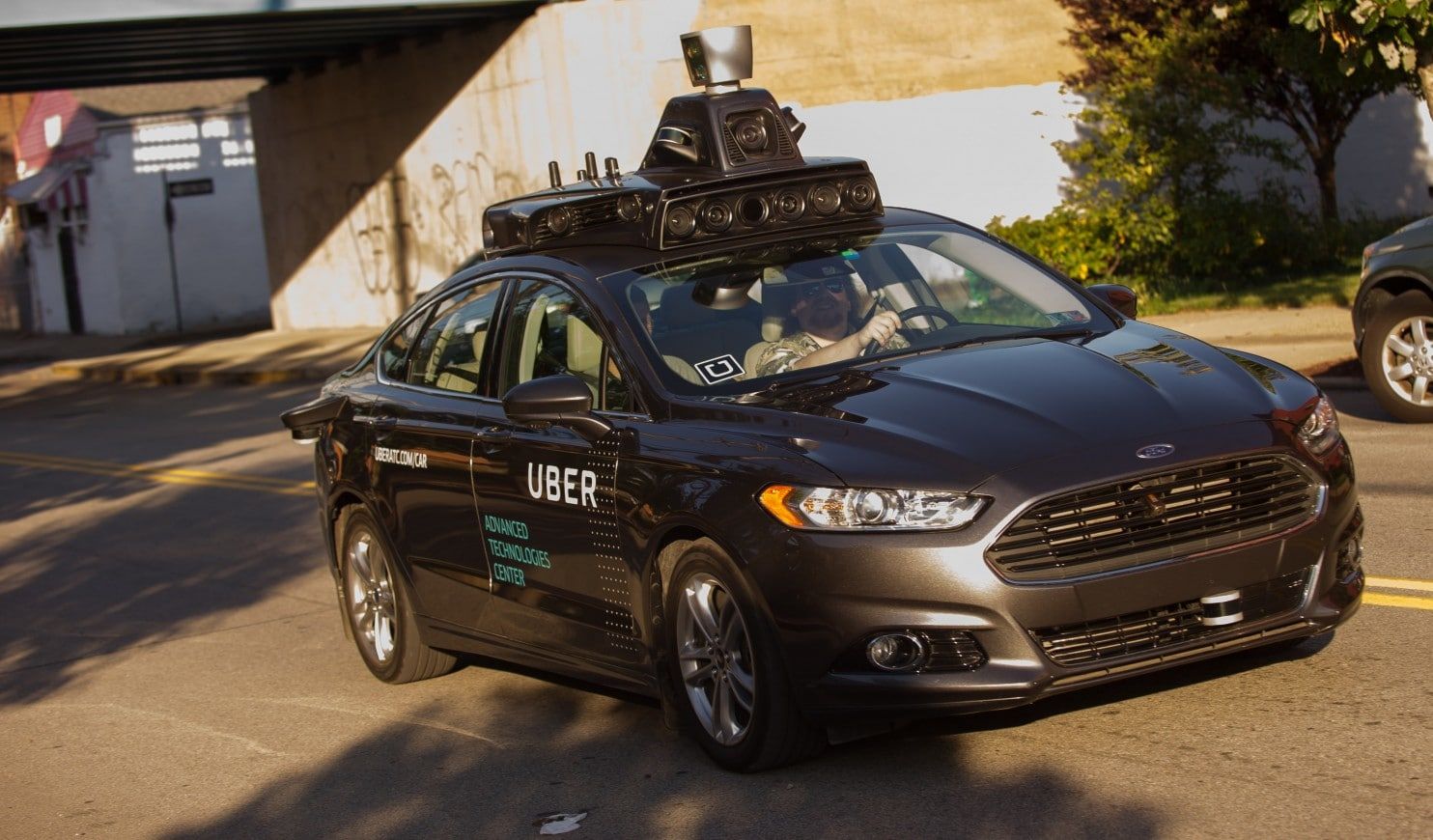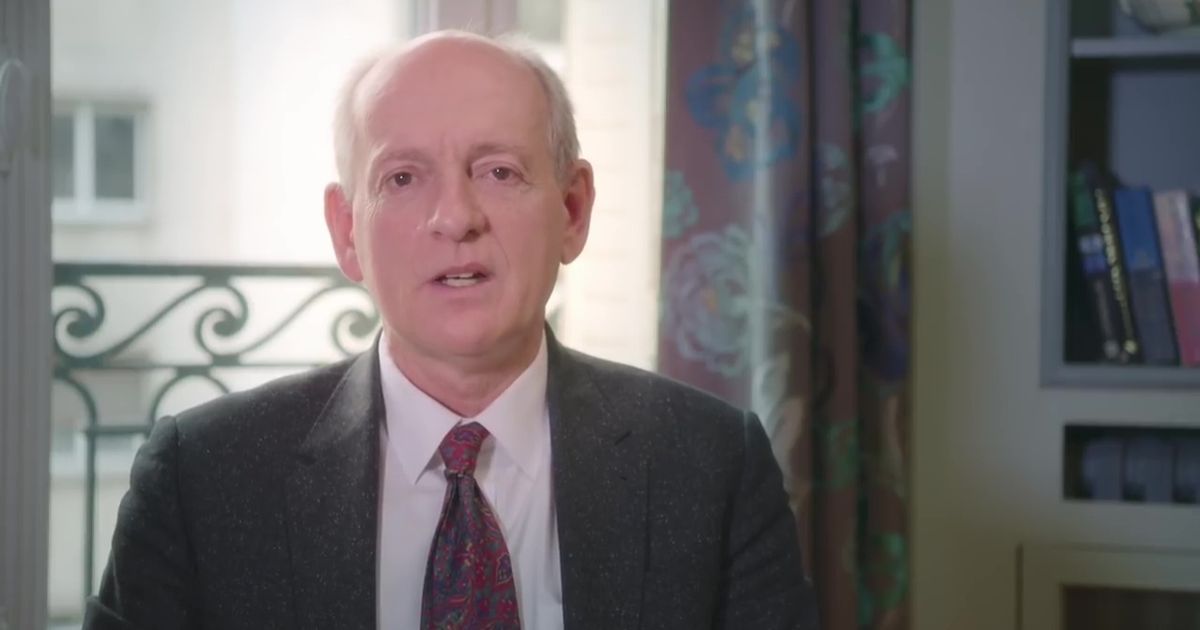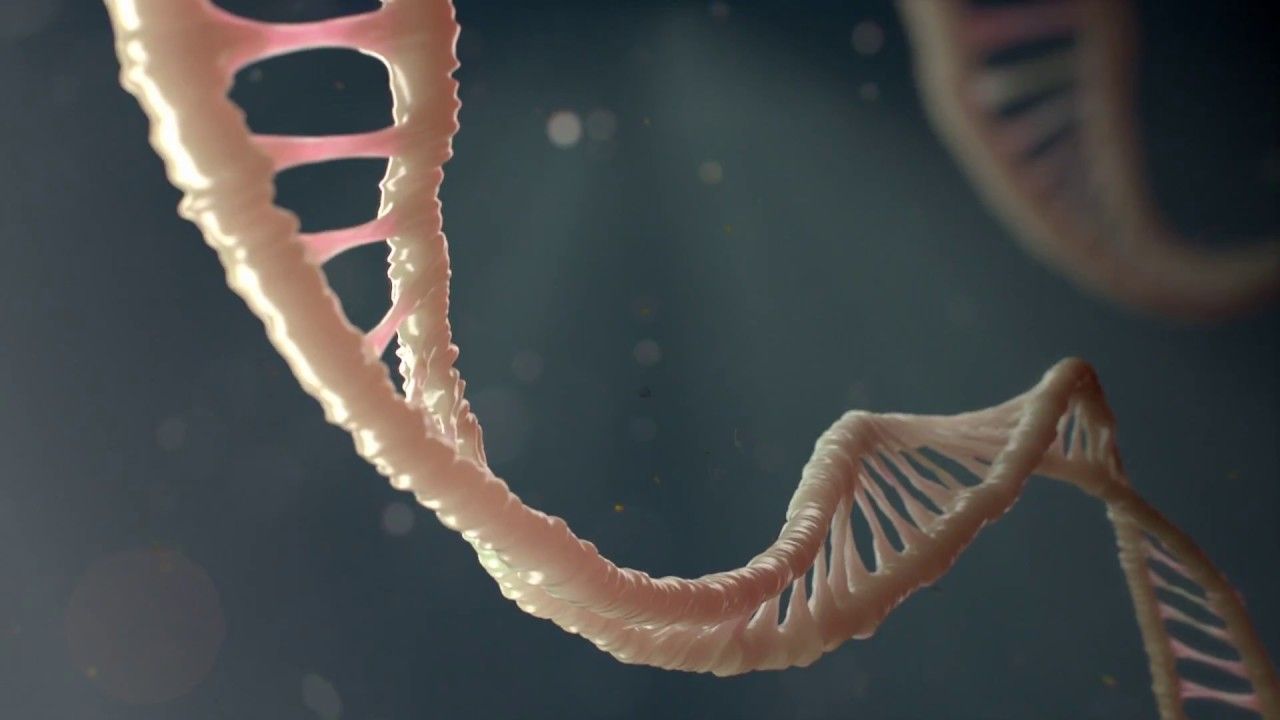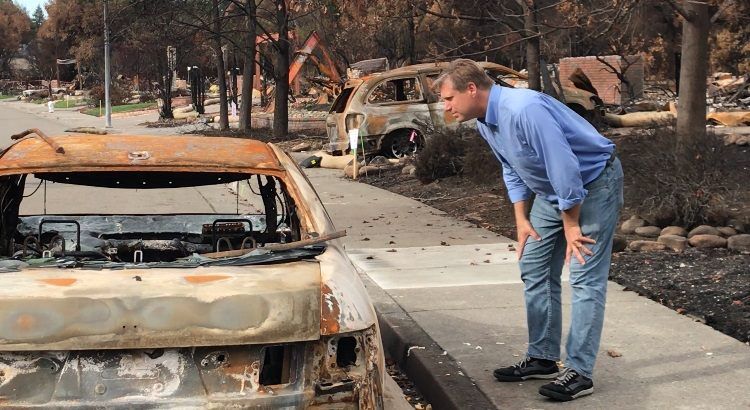Nov 23, 2017
Prion seeding activity and infectivity in skin samples from patients with sporadic Creutzfeldt-Jakob disease
Posted by Dan Kummer in categories: biotech/medical, robotics/AI
Another case of idiot MD’s who think they know everything not wanting to test for CJD, and getting mad when something they dont know existed contaminating instruments and spreading diseases.
AI doctors soon please.
Sporadic Creutzfeldt-Jakob disease (sCJD), the most common human prion disease, can be transmitted via neurosurgical instruments or corneal or dura mater transplants contaminated by infectious prions. Some epidemiological studies have associated sCJD risk with surgeries that involve the skin, but whether the skin of sCJD patients contains prion infectivity is not known. Orrú et al. now report detectable prion seeding activity and infectivity in skin from sCJD patients, although at much lower levels compared to brain tissues from sCJD patients. These data suggest that there may be a potential for iatrogenic sCJD transmission through skin.
